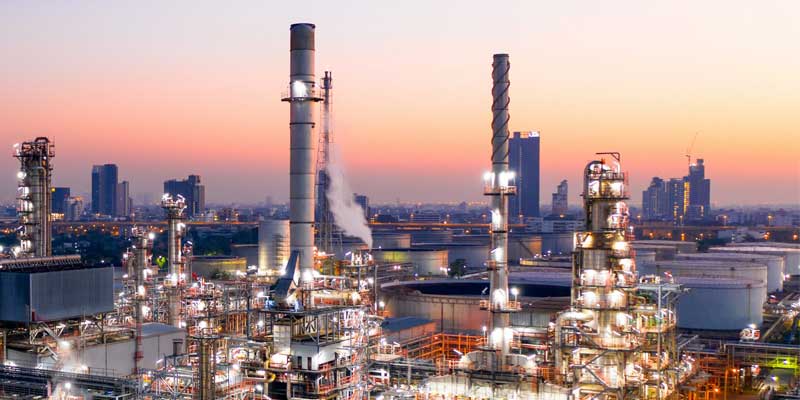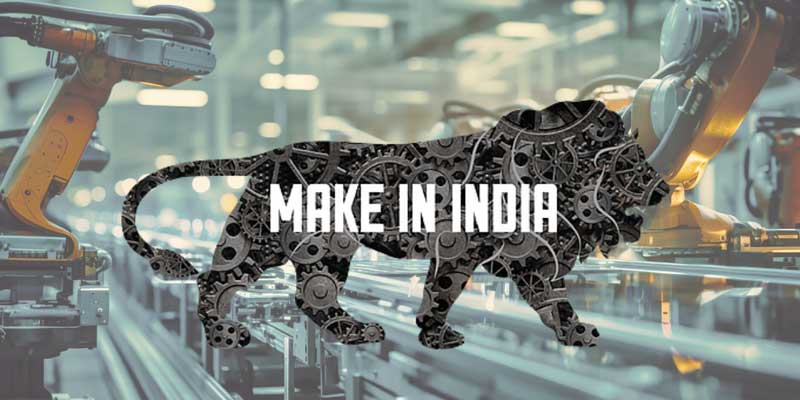Schedule a Call Back
Why manufacturers must review their chemical safety protocols
 Articles
Articles- Oct 31,23

- Exposure: Employers must provide appropriate personal protective equipment (PPE) where applicable to prevent or control exposure to hazardous substances.
- Control measures: Employers must implement robust control measures around hazardous substances. The control systems must be properly maintained, clean, and in complete working order.
- Instruction: Employers must ensure workers are provided with information, instruction and training on working with hazardous substances
- Procedures: Employers must put in place procedures to deal with accidents and emergencies relating to hazardous substances
- Surveillance: Employers should ensure workers exposed to hazardous substances are under proper surveillance
- Risk assessments: Employers must undertake periodic COSHH risk assessments.
- Limits: Employers must ensure they don’t expose workers to hazardous materials beyond the Workplace Exposure Limit (WEL).
- Supervision: Supervisors must scrutinise if employees are carrying out tasks as per the protocol.
Related Stories

UNNATI 2024: Putting North East on a growth path
By incentivising new industrial units and those undergoing substantial expansion, Uttar Poorva Transformative Industrialization Scheme (UNNATI), 2024 paves the way for an economy built on performanc..
Read more
“India is aiming for $ 300 bn in engineering goods exports by 2030”
In this interview with Rakesh Rao, Arun Kumar Garodia, Chairman, EEPC India, analyses the performance of India’s engineering goods exports and factors driving the global demand for Indian engineer..
Read more
India: An enticing prospect for global manufacturers
India's advantageous geographical location offers access to major markets in Asia, the Middle East, and Africa, which makes it a perfect manufacturing base for businesses aiming to effectively servi..
Read more













